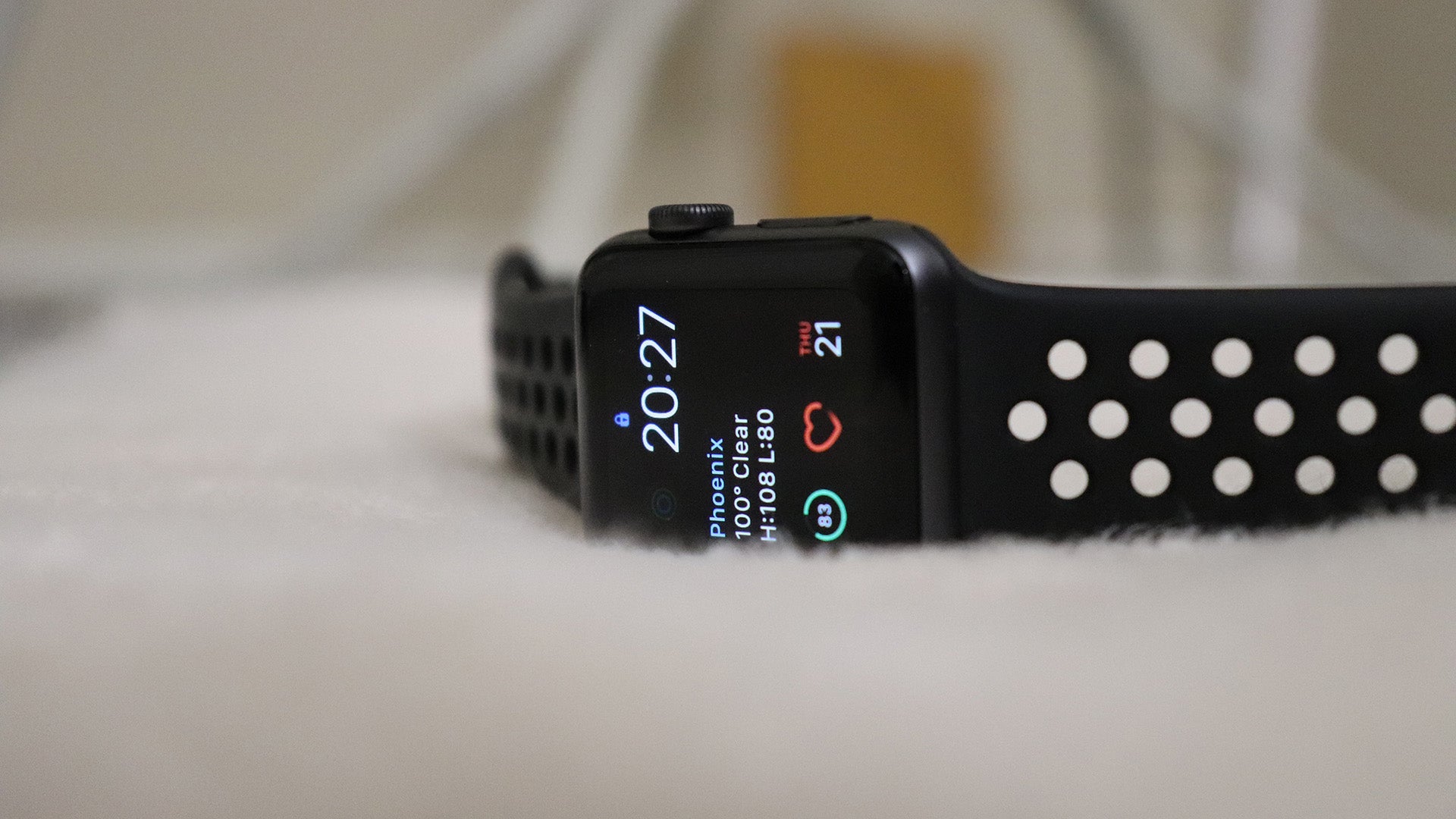How to Determine the Healthiest Level of Activity for You
While the US Department of Health recommends at least 150 minutes of physical activity each week, the average person probably isn't getting enough. Additionally, getting more exercise may help you think better, sleep better, and even control stress better. How do you find out more about the healthiest level of physical activity for your body? There are a few things you might want to know.

About Exercise Intensity
One of the keys to knowing how to determine the healthiest level of activity for you is to learn about exercise intensity. This is a subjective measurement of how difficult physical activity feels when you're doing it. This is your perceived exertion. Since everyone has a different exercise tolerance, yours is going to look different than someone who may be doing the same activity. For example, what may feel like a difficult run to you may be an easier workout to a conditioned runner.
That doesn't mean there isn't any way to determine your exercise intensity though. Your heart rate provides one of the best looks at exercise intensity. As a principle, the higher your heart rate during exercise, the more strenuous the exercise intensity. Once again, you may be doing the same type of exercise as another person and have different heart rates. However, if you think that you're working hard, then your beats per minute ares likely elevated.
The American Heart Association recommends some guidelines for moderate and vigorous exercise when it comes to heart rate. You may want to use an activity tracker to monitor your heart rate before, during, and after a workout. For moderate exercise intensity, your heart rate goal should be 50-70% of your maximum rate. For vigorous exercise, your heart rate goal should be 70-85% of your maximum rate.

Understanding Maximum Heart Rate
Since this is different for each person, you can calculate your maximum heart rate fairly easily. Subtract your age from 220. If you're 45 years old, subtracting 45 from 220 will give you a maximum heart rate of 175. This 175 is the average maximum number of times that your heart should beat each minute during exercise. When you have this number, you can calculate both moderate and vigorous heart rate targets.
The reason why you should know your maximumrate is because going higher than your this for long periods of time can be dangerous for your health. This is especially true if you're not used to exercising. One study of hockey players found that those who continuous went over their maximum heart rates had a higher risk for cardiac events and poorer rates of recovery after exercise. More is not always better. Also, if you don't use an activity tracker, stop exercising if you feel lighthearted, dizzy, or ill.

Benefits of Each Intensity Level
Each exercise intensity has a different effect on the body. While they all have benefits for your body, your workout routine is going to depend on your current fitness levels and your fitness goals.
For beginners, start at low intensity. This is building the foundation for more intense exercise. It reduces your risk of injury while also preparing your body for more intense activities. Low intensity exercise primarily burns fat cells for fuel. It also builds exercise tolerance which you'll need as you move forward in your fitness program and trains the aerobic system.
When you start to move into moderate intensity exercises, your body is going to start using fat and carbohydrates as sources of fuel. Burning calories from these sources can help with faster weight loss. If your primary fitness goal is to lose weight, moderate intensity exercises are going to be beneficial.
Moving into high-intensity exercises are going to be for athletes who want to reach their full potential. Not only does this higher intensity stimulate the best response for losing fat and gaining muscle, it also boosts the metabolism for up to 24 hours after a workout. Training at your maximum capacity increases potential for muscle growth and weight loss. This is a good way to improve body composition.

Plan for Your Workout Routine
If you're trying to get in shape for spring break or just get in shape, how do you know what intensity level you should hit? Always talk to your doctor for any health concerns before starting a workout program. Start off by aiming for 150-300 minutes of moderate intensity activity and 75-150 minutes of vigorous intensity each week. You can also break this down into 30 minutes of moderate intensity exercise 5-7 days of the week and two twos of muscle strengthening exercises each week.
If you're just getting started though, start with a low intensity exercise and progress gradually. Once you feel comfortable with moderate intensity exercises, you can increase the intensity of your workouts to reach your fitness goals. Make sure that you don't overdo it though. Exercise exertion is hard on the body so avoid doing more than three high-intensity workouts each week.
- LEMIFIT® official website: https://www.lemifit.co
- LEMIFIT® Facebook: https://www.facebook.com/Lemifitactivewear
- LEMIFIT® Instagram: https://www.instagram.com/lemifitofficial/






















